Graham Reid | | 3 min read
The Scream, from Dreamville/Jazzmares
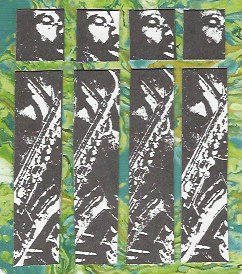
Although jazz can give the impression of being a one-take music (the performer simultaneously the composer and improvising on the spot), it's often much more considered than that. Witness the number of takes Charlie Parker did for the Savoy label.
However, for many purists, jazz is at its best on the bandstand. That is the moment when everyone is on the tightrope and the risks are high.
Most jazz that people hear today is created in the studio, but the iiii label out of Wellington just keeps the live stuff coming with a series of recordings, a recent batch received by Elsewhere – dating from August 2014 to March his year – being recorded at various small venues such as Meow in the capital and at the Audio Foundation, Whammy Bar and Golden Dawn in Auckland.
The figure at the centre of all these groups (The Melancholy Babes, Snouts and others) is saxophonist Jeff Henderson.
Around him are some familiar names such as drummer Anthony Donaldson whose career goes back to the Braille label in the Eighties, bassist Tom Callwood and trumpeter/trombonist/tuba player Gerard Crewdson, all of whom appear across the four titles: Dreamville/Jazzmares (a double CD set), Tone Death by the Melancholy Babes, the double The Voice of an Angle (sic) credited to Henderson/Callwood/ Donaldson, and Snouts.
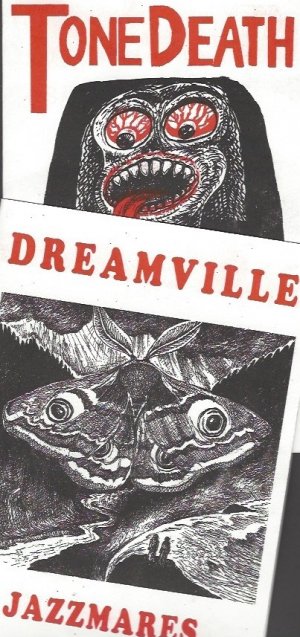 Presented in paperback-sized gatefold
covers with striking artwork by Crewdson, these album capture
improvised music in the moment of creation . . . flaws, fluff and
all.
Presented in paperback-sized gatefold
covers with striking artwork by Crewdson, these album capture
improvised music in the moment of creation . . . flaws, fluff and
all.
Those with a proscriptive notion of “jazz” – respectful of the black American traditions of everything from New Orleans to bop and beyond – might prefer to hear this music described as “improvised”, but whatever you call it, it is made there live on the bandstand and is the more exciting and unpredictable for that.
The large ensemble on the Dreamville/Jazzmares discs segue from something akin to Afrobeat (without falling into the familiar Fela-tropes) and into boisterous Latin styles (almost chaotically free form at one point on The Dream Beat) before dialing back to soul stomp post-bop which moves closer to the stretched-out sound of Can. And more.
Like the speedfreak, dueling sax work of Henderson and Bridget Kelly on Piggy Piggy Oink Oink (the title tells you a lot about its squawk'n'squeal).
Those with a penchant for woozy New Orleans in the wee small hours will appreciate the Nawlins-noir evocations of A Gentle Walk and Dreamville.
If some early albums on the iiii label have sounded ill-disciplined and the best results achieved more by chance, these disc show an ensemble which knows exactly what it is doing as it drags the listener along by the collar.
The iiii label is – by the very nature of its small core of key players – somewhat self-referential: The opening piece on the Melancholy Babes album Tone Death (the Babes being Henderson, Donaldson and Callwood) is the free-improv Dodecahedron, and the former two were in the iiii band the Dodecahedrons. And a piece of this title was on the Babes' 2010 self-titled album.
And here they make more astringent revisits to A Gentle Walk (a nerve-edge nighttime experience) and Dreamville.
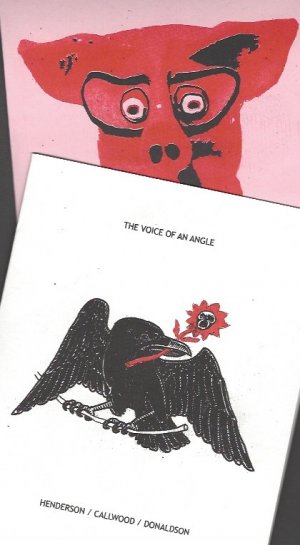 The Melancholy Babes are, for the
passer-by, a more demanding proposition in that they looked at the
contract of free jazz and signed up, but again this recording at
Auckland's Golden Dawn 14 months ago is frequently incendiary (in the
manner of Peter Brotzmann's scorched-earth playing on Sea Malady) and
much more focused than some not dissimilar releases on iiii.
The Melancholy Babes are, for the
passer-by, a more demanding proposition in that they looked at the
contract of free jazz and signed up, but again this recording at
Auckland's Golden Dawn 14 months ago is frequently incendiary (in the
manner of Peter Brotzmann's scorched-earth playing on Sea Malady) and
much more focused than some not dissimilar releases on iiii.
That the same line-up is on The Voice of an Angle – albeit under their own names – gives a clue to the manner of the performance a month later at Auckland's Audio Foundation, although again this sounds a real step up from previous outings, and the slow exploration of Doubtful Sounds on the first disc is gripping for its tension-release.
When Donaldson adopts a militaristic and defiantly disciplined beat on the title track it is almost unnerving because it upsets expectation.
And again it is one of the more measured pieces -- the 10 minute Bird of Parasite where Henderson draws out the raw melody as if he has sandpaper in mouthpiece over Callwood's resonant acoustic bass and Donaldson's algebraic drumming -- which is among the most impressive for its tightly-wired tension and restraint.
The most recent release in the batch Elsewhere received is the Snouts EP, four pieces of sax, guitar and drums, in 18 white-knuckle minutes . . . which perhaps isn't your most accessible introduction to the iiii label which rightly boasts of offering" Adventurous Music from Aotearoa".
No decent adventure is without risk, and if you feel it worth taking then you can find these and other iiii albums at bandcamp.
As Sgt Phil Esterhaus used to say in Hill Street Blues, “And hey, let's be careful out there”.

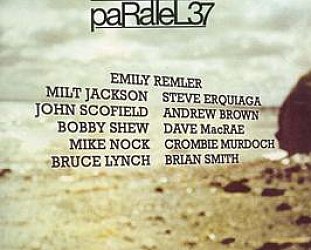
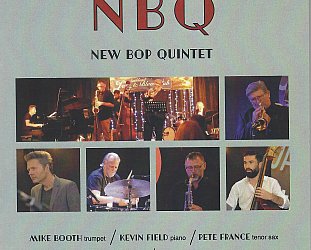


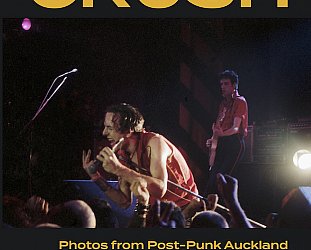
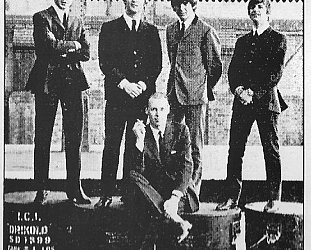
post a comment